All military aircraft are undeniably impressive, showcasing advanced technology and engineering prowess. The secret ones, shrouded in mystery and intrigue, are even more fascinating. Let’s explore 20 of the most secretive military aircraft in existence, revealing their unique features, cutting-edge capabilities, and the critical roles they play in modern warfare, including intelligence gathering, reconnaissance, and strategic operations.
20. Lockheed Martin SR-72
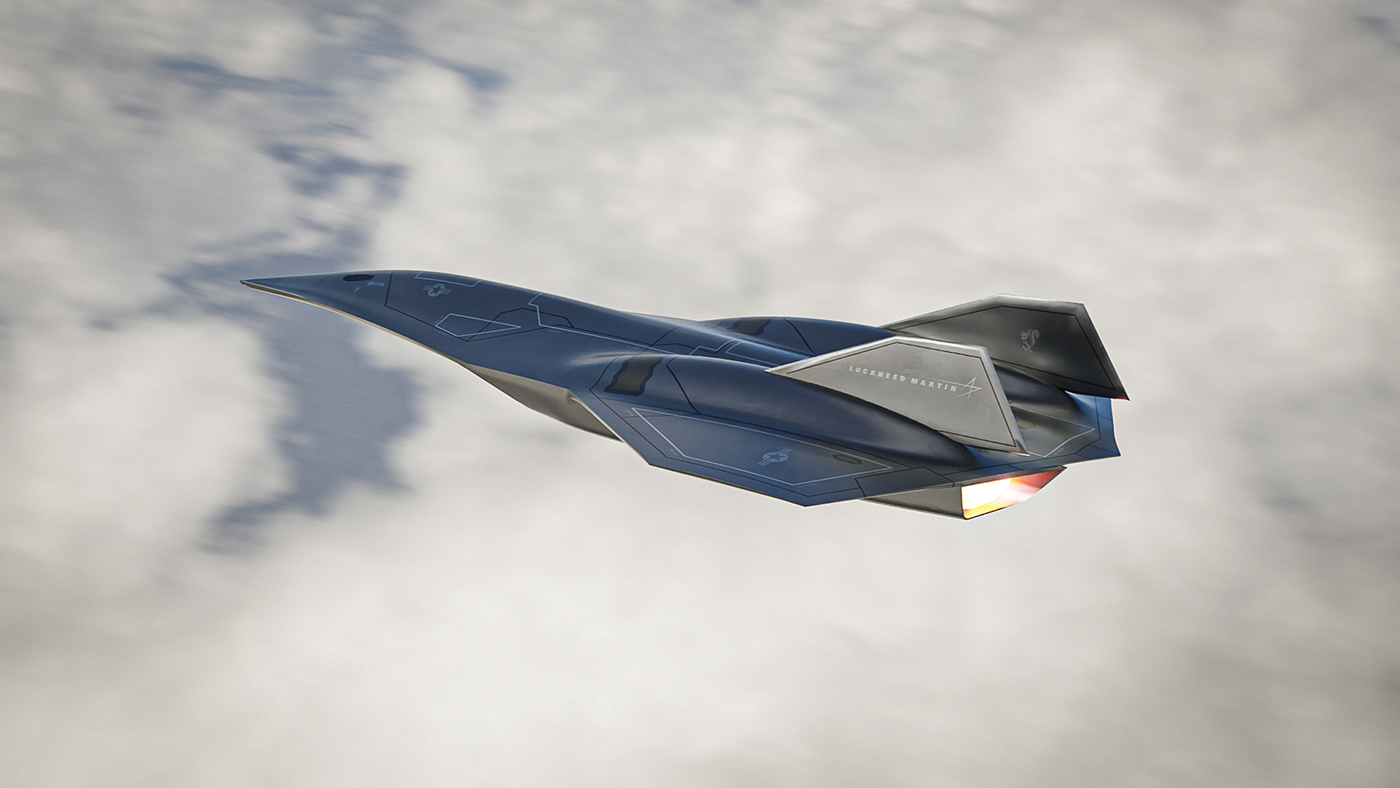
The Lockheed Martin SR-72, also known as the “Son of Blackbird,” is an ambitious American aircraft concept currently in development. Designed for reconnaissance and intelligence gathering, it aims to replace the retired SR-71 Blackbird. With hypersonic capabilities, the SR-72 is expected to reach speeds no other spy plane can match. Scheduled for its first test flight in 2025, this aircraft will represent a significant leap into a new era of hypersonic flight.
The SR-72’s design isn’t just about speed; it also emphasizes stealth and advanced technology. Whether manned or unmanned, its ability to evade detection while operating at incredible velocities makes it a game-changer in aerial reconnaissance. The implications of such technology are both exciting and, frankly, a bit terrifying.
19. Northrop Grumman B-2 Spirit
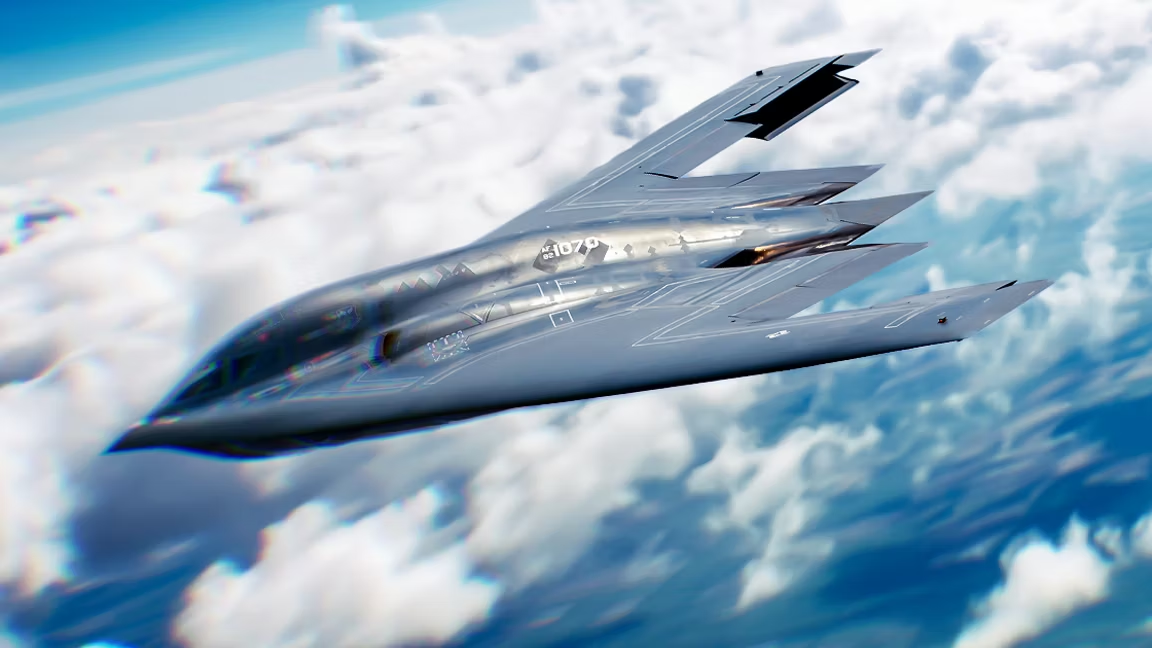
The Northrop Grumman B-2 Spirit, often referred to as the stealth bomber, was developed in the 1980s and remains a vital part of the U.S. Air Force’s arsenal. This heavy strategic bomber was designed to penetrate dense anti-aircraft defenses without being detected, thanks to its cutting-edge stealth technology. The B-2 is still operational today, showcasing the longevity and effectiveness of its design.
With its long-range strike capability and precision weapons, the B-2 can deliver a heavy payload while remaining undetected. Continuous upgrades have ensured it incorporates the latest technology, making it a formidable asset in modern warfare.
18. Lockheed Martin SR-71 Blackbird
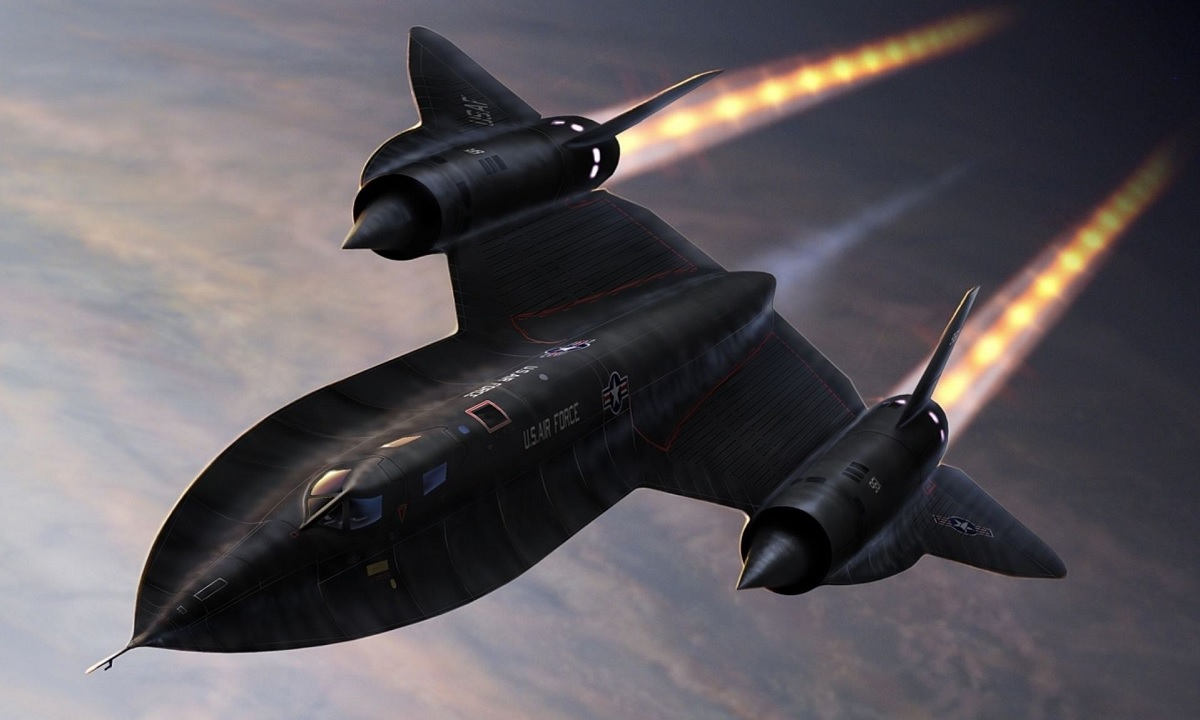
The Lockheed Martin SR-71 Blackbird was a groundbreaking aircraft developed during the Cold War. Known for its incredible speed and altitude capabilities, it was designed for reconnaissance missions. The Blackbird was one of the first aircraft to utilize stealth technology, significantly reducing its radar cross-section.
Retired in 1999, the SR-71 set records that remain unbroken to this day. Its legacy continues to influence modern aircraft design, and while it has been replaced by drones and satellites, the SR-72 aims to carry on its spirit of high-speed reconnaissance.
17. Aurora
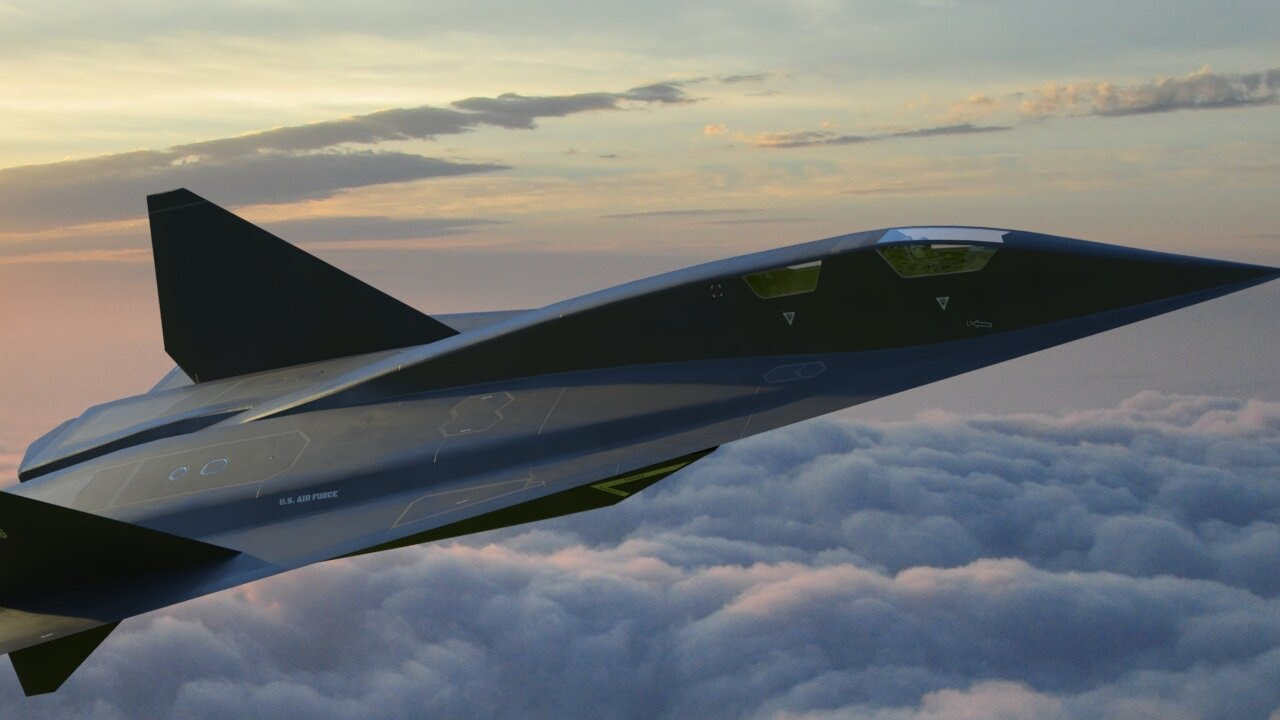
The Aurora is a rumored aircraft that has sparked much speculation over the years. Allegedly developed in the mid-1980s, it was said to be a top-secret reconnaissance plane. However, the U.S. government has consistently denied its existence, leading many to believe it was merely a product of Cold War paranoia.
Despite the lack of evidence, the Aurora remains a topic of intrigue. Theories suggest it was part of a budget allocation for black aircraft production, but the truth remains elusive. Whether real or just a myth, the Aurora continues to capture the imagination of aviation enthusiasts.
16. Boeing X-37B
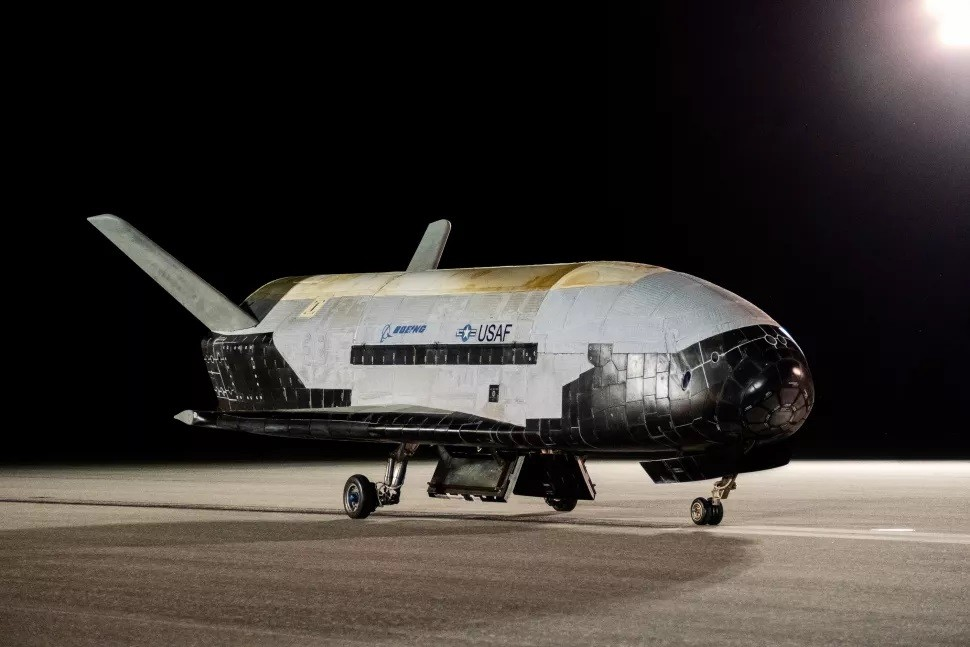
The Boeing X-37B is an unmanned orbital test vehicle operated by the U.S. Air Force. Resembling a smaller version of the space shuttle, it is designed for classified missions in space. The X-37B can remain in orbit for extended periods, conducting experiments and tests that are shrouded in secrecy.
Its capabilities have led to various speculations about its purpose, ranging from testing new technologies to potential space weaponry. The X-37B represents a new frontier in military aviation, where operations extend beyond the atmosphere.
15. Boeing Phantom Ray
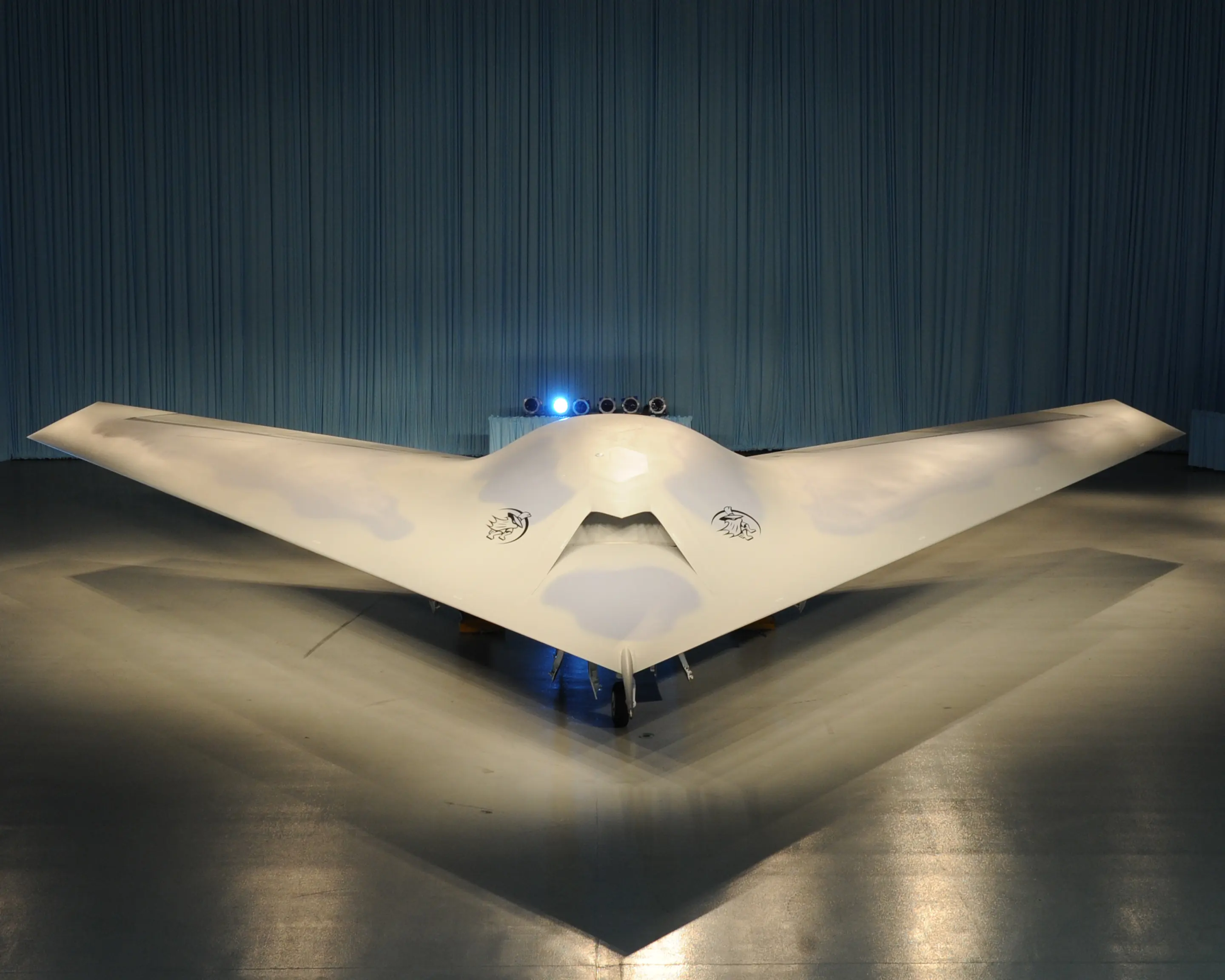
The Boeing Phantom Ray is a demonstration model of a stealth unmanned combat air vehicle (UCAV). Although it has not yet entered production, its design focuses on surveillance, ground attack, and aerial refueling capabilities. The Phantom Ray’s first test flight occurred in 2011, showcasing Boeing’s commitment to advancing stealth technology.
While it was not developed for a specific military program, the technology gleaned from the Phantom Ray is expected to influence future stealth aircraft. Its development highlights the growing trend of unmanned systems in modern warfare.
14. Boeing Bird of Prey
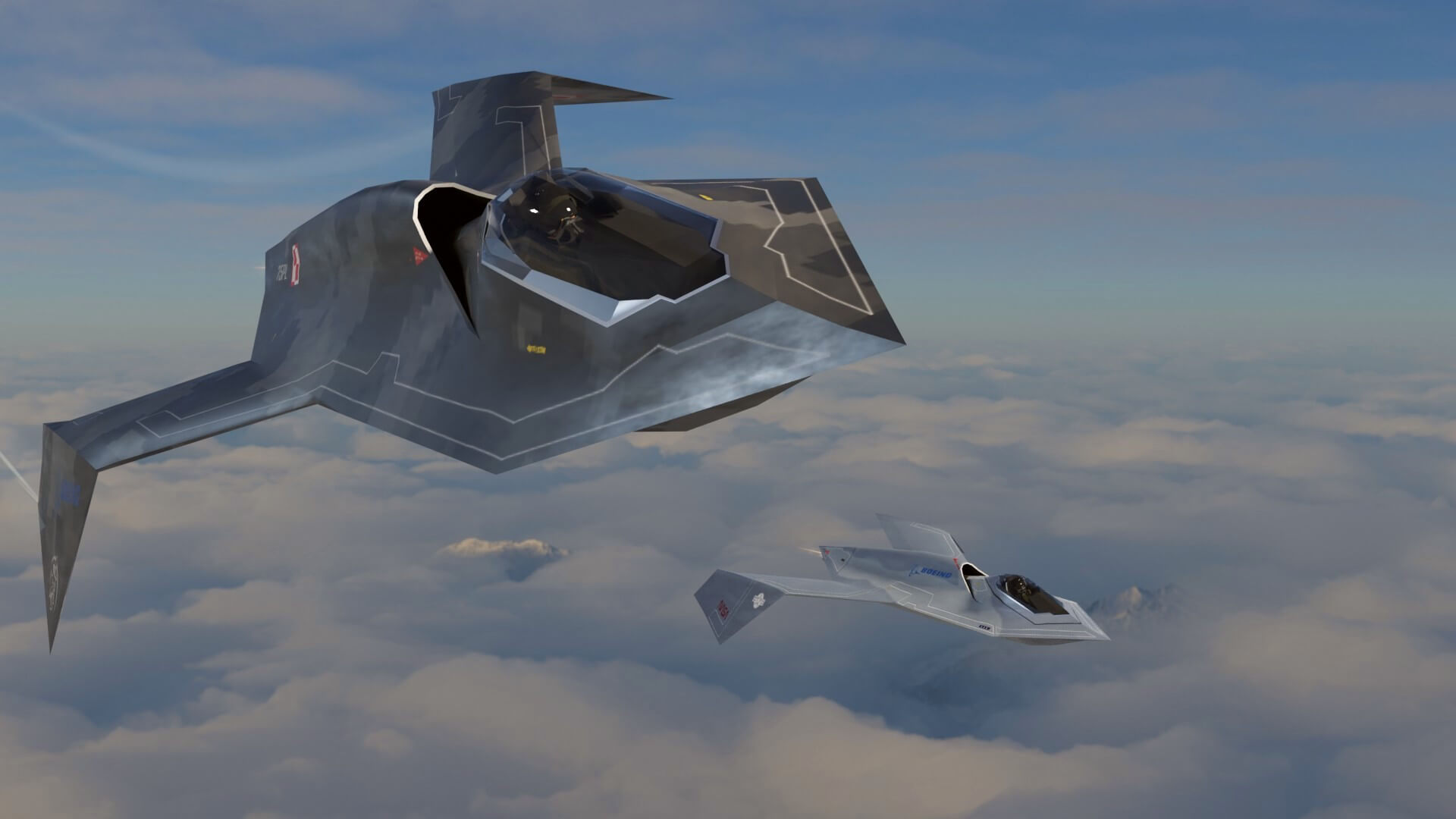
The Boeing Bird of Prey was a stealth technology demonstrator developed in the 1990s. Its unique design and advanced features were intended to test new stealth capabilities. Developed at Area 51, it adds to the mystique and secrecy surrounding the facility.
Although it did not enter full production, the technology developed during its creation informed many subsequent stealth aircraft. The Bird of Prey remains a fascinating example of the lengths manufacturers go to achieve stealth.
13. Northrop Grumman RQ-180
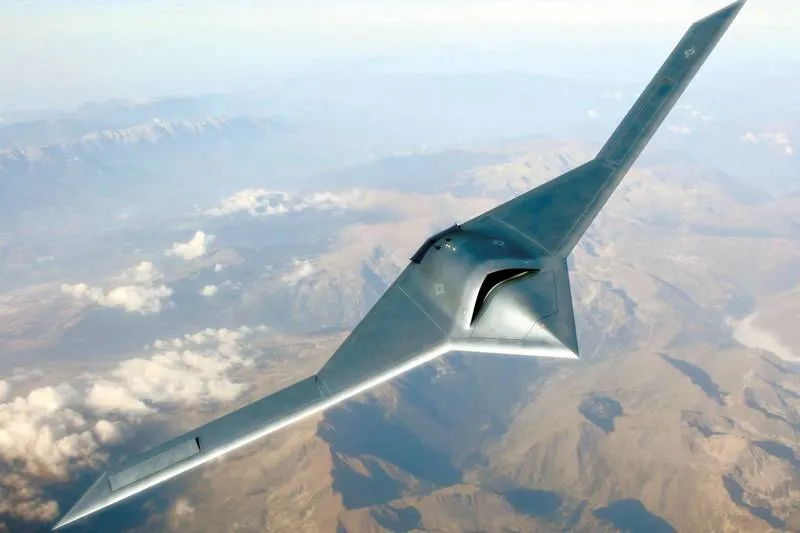
The Northrop Grumman RQ-180 is another stealth UAV that has been in development for several years. While details remain scarce, it is believed to be designed for reconnaissance missions similar to those of the SR-71. The RQ-180’s development has faced challenges due to conflicting requirements from the U.S. Navy and Air Force.
Despite the lack of official information, the RQ-180 is anticipated to play a crucial role in future aerial surveillance. Its stealth capabilities and advanced technology make it a significant player in military aviation.
12. Lockheed Martin Polecat
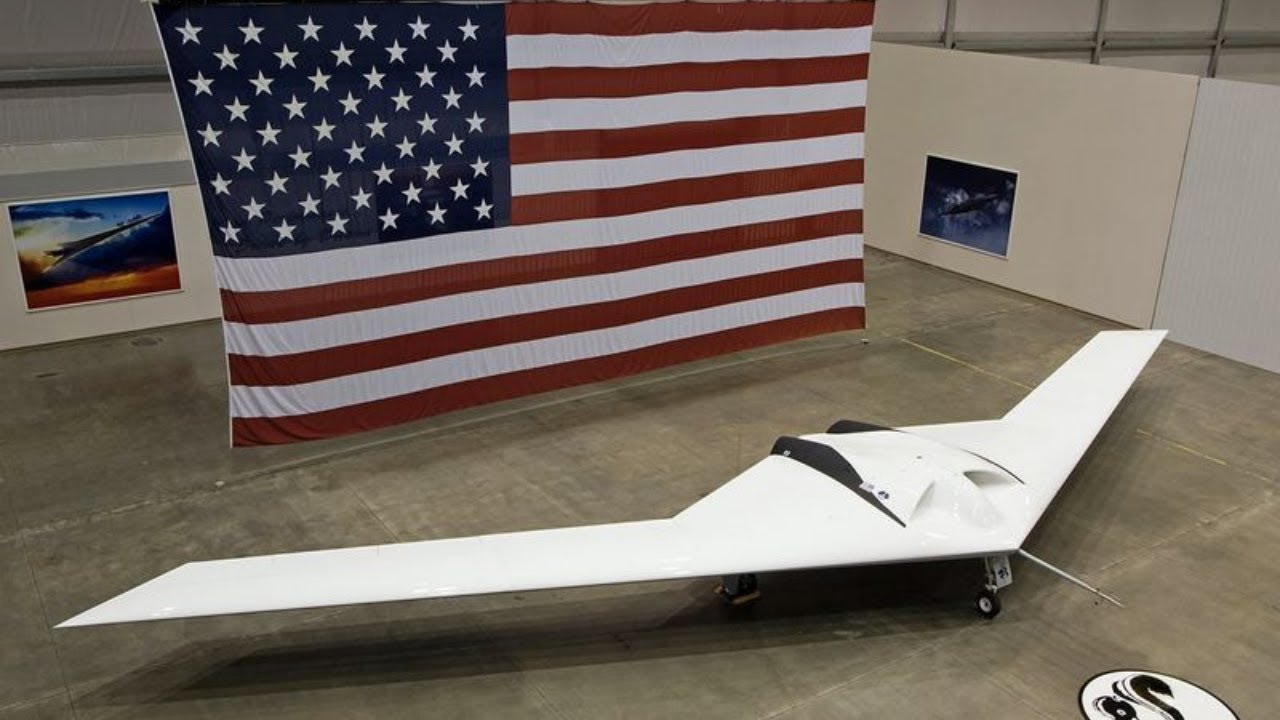
The Lockheed Martin Polecat is a UAV that was developed internally by the company. Unlike many military projects, it was not funded by the government, which adds an interesting twist to its story. The Polecat was unveiled at an air show in 2006 but tragically crashed shortly after due to a technical failure.
Despite its short-lived existence, the Polecat’s design and technology contributed to the development of future UAVs. Its innovative approach to stealth and unmanned flight continues to influence the industry.
11. TR-3 Black Manta
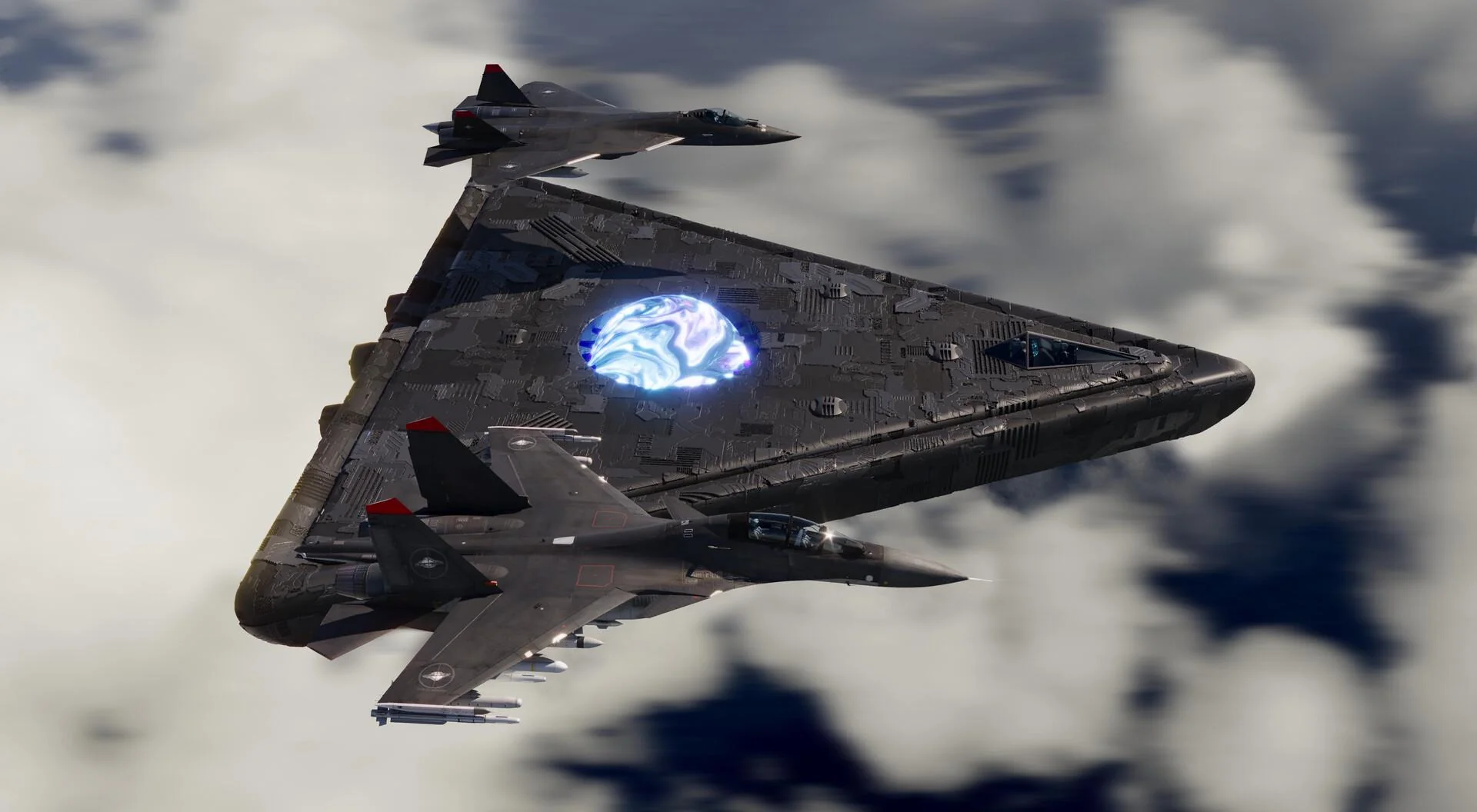
The TR-3 Black Manta is a rumored aircraft that allegedly utilizes advanced technology, possibly of extraterrestrial origin. While details are scarce, it is said to be a triangular flying object that has been spotted over the years. The U.S. government has denied its existence, leading to speculation and conspiracy theories.
Whether real or just a figment of imagination, the TR-3 highlights the fascination with secret military projects. The allure of advanced technology and the unknown keeps the legend of the Black Manta alive.
10. MiG-31 Foxhound
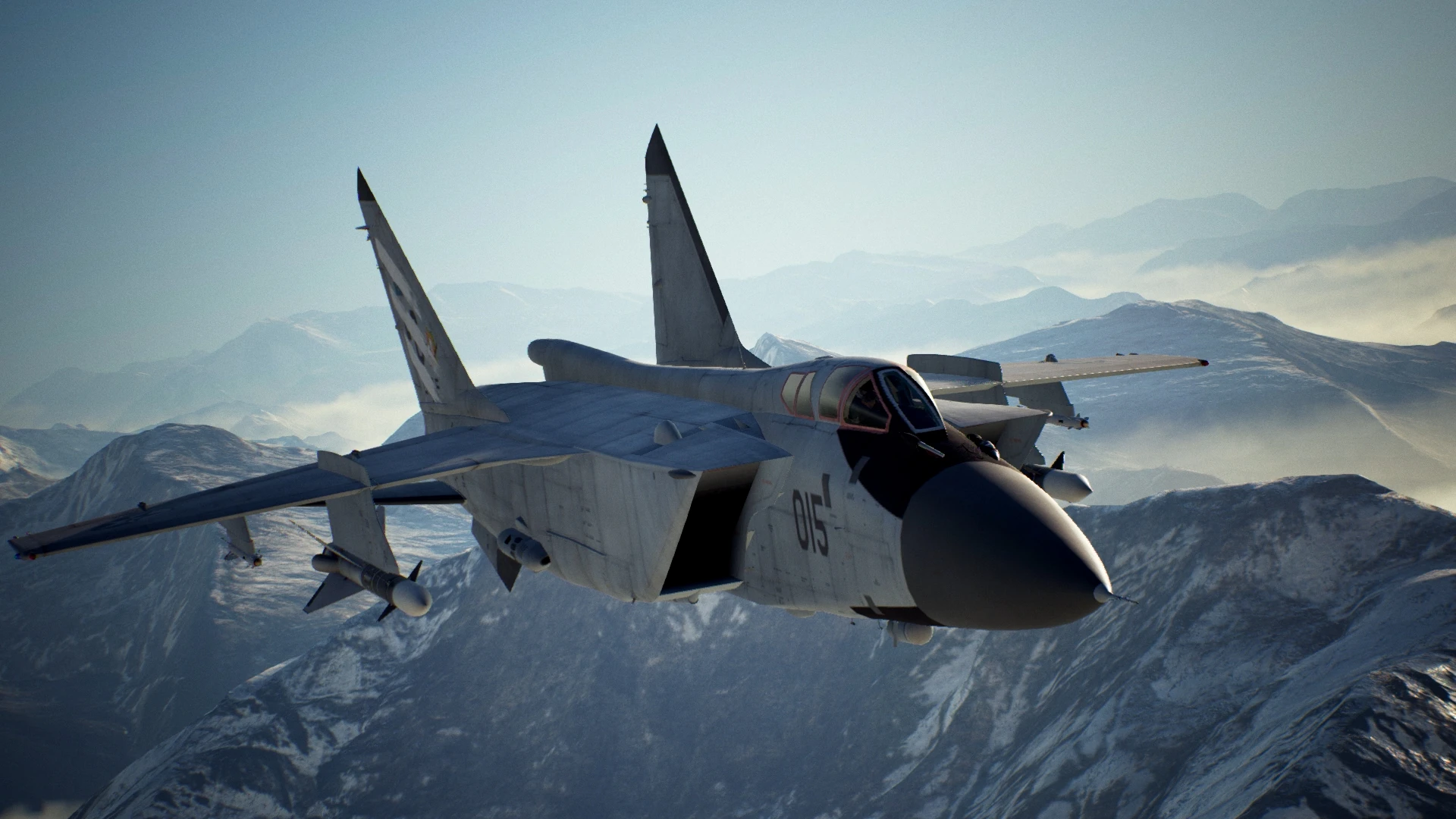
The MiG-31 Foxhound is a supersonic interceptor aircraft developed for the Soviet Air Force. Known for its speed and agility, it was designed as an upgrade to the earlier MiG-25 Foxbat. The Foxhound remains one of the fastest combat aircraft in the world, with plans to keep it operational until at least 2030.
Its impressive capabilities make it a vital asset for Russia, showcasing the country’s commitment to maintaining a strong air defense. The MiG-31’s design and performance continue to be a benchmark for future interceptor aircraft.
9. Sukhoi Su-57
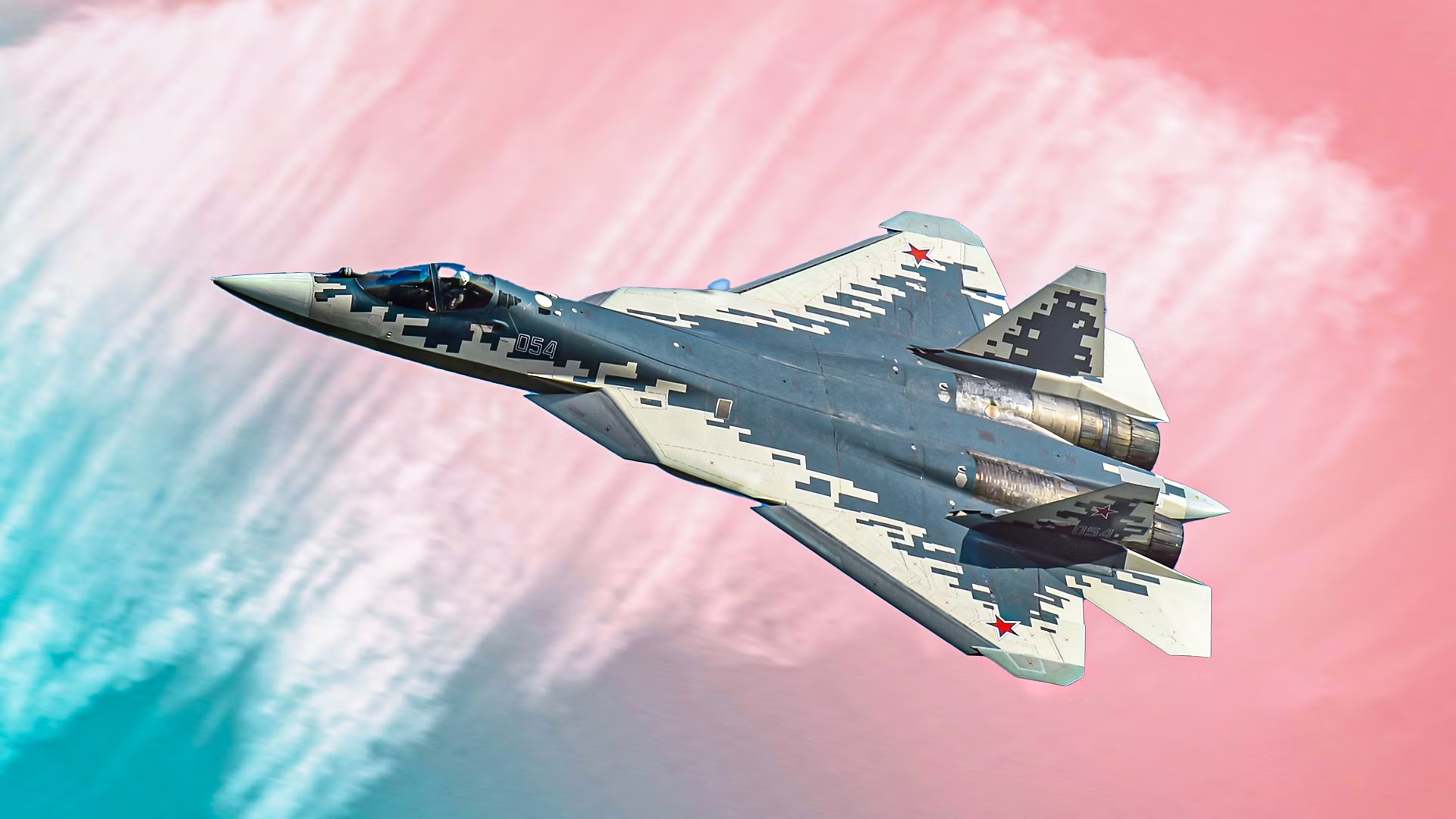
The Sukhoi Su-57, known as the “Felon” in NATO reporting, is a twin-engine stealth fighter developed by Russia. It represents a significant advancement in Russian military aviation, integrating stealth technology and advanced avionics. The Su-57 is designed for a variety of roles, including air superiority and ground strikes.
Since its first flight in 2010, the Su-57 has faced some delays, but it is now fully operational. This advanced fighter jet is expected to play a pivotal role in future conflicts, demonstrating Russia’s focus on maintaining a competitive edge in modern aerial combat.
8. Chengdu J-20
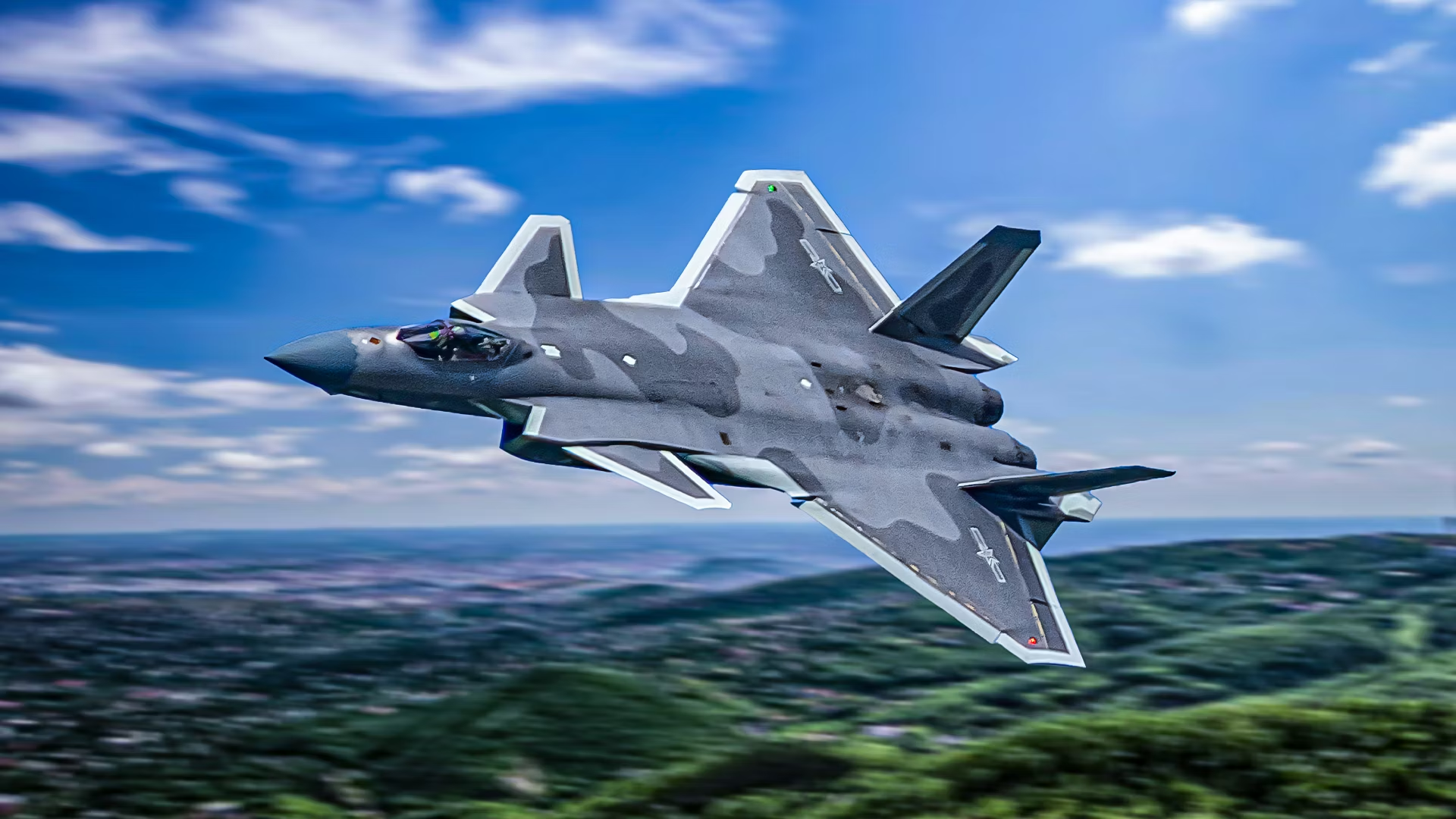
The Chengdu J-20, also known as the “Mighty Dragon,” is China’s first stealth fighter aircraft. Developed for the People’s Liberation Army Air Force, it excels in air superiority and precision strikes. The J-20’s design incorporates advanced stealth features, making it a formidable opponent in aerial combat.
Since its introduction, the J-20 has undergone several upgrades, further solidifying its position as a key component of China’s military aviation strategy. The J-20 is a critical asset as China continues to position itself as a dominant player in global defense.
7. Shenyang FC-31
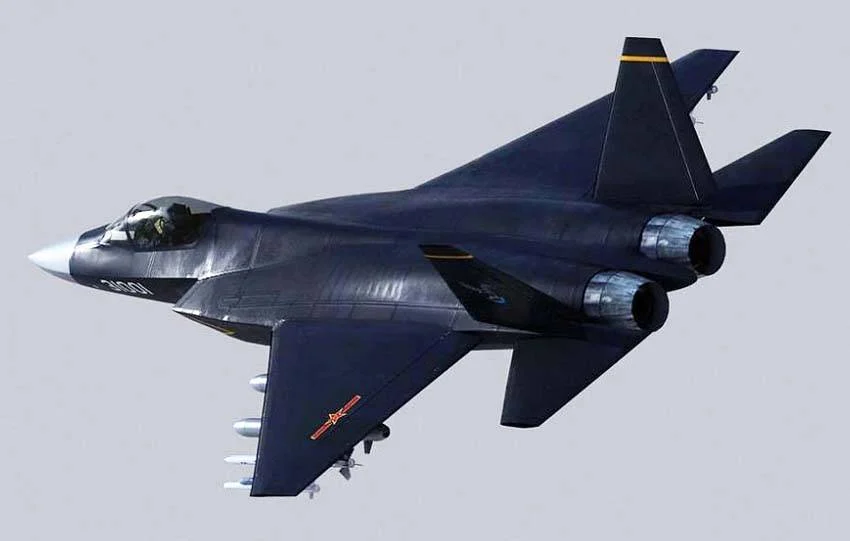
The Shenyang FC-31, also known as the J-31, is a fifth-generation stealth fighter aircraft prototype developed by China. With aspirations to compete globally, this fighter is intended for both domestic use and international markets. The FC-31’s cutting-edge technology reflects China’s ambitions in military aviation, offering capabilities that rival other stealth fighters.
Although still in development, the FC-31 demonstrates China’s growing prowess in advanced aerospace design, with plans to export the aircraft to allied nations, boosting China’s defense industry.
6. Dassault Neuron
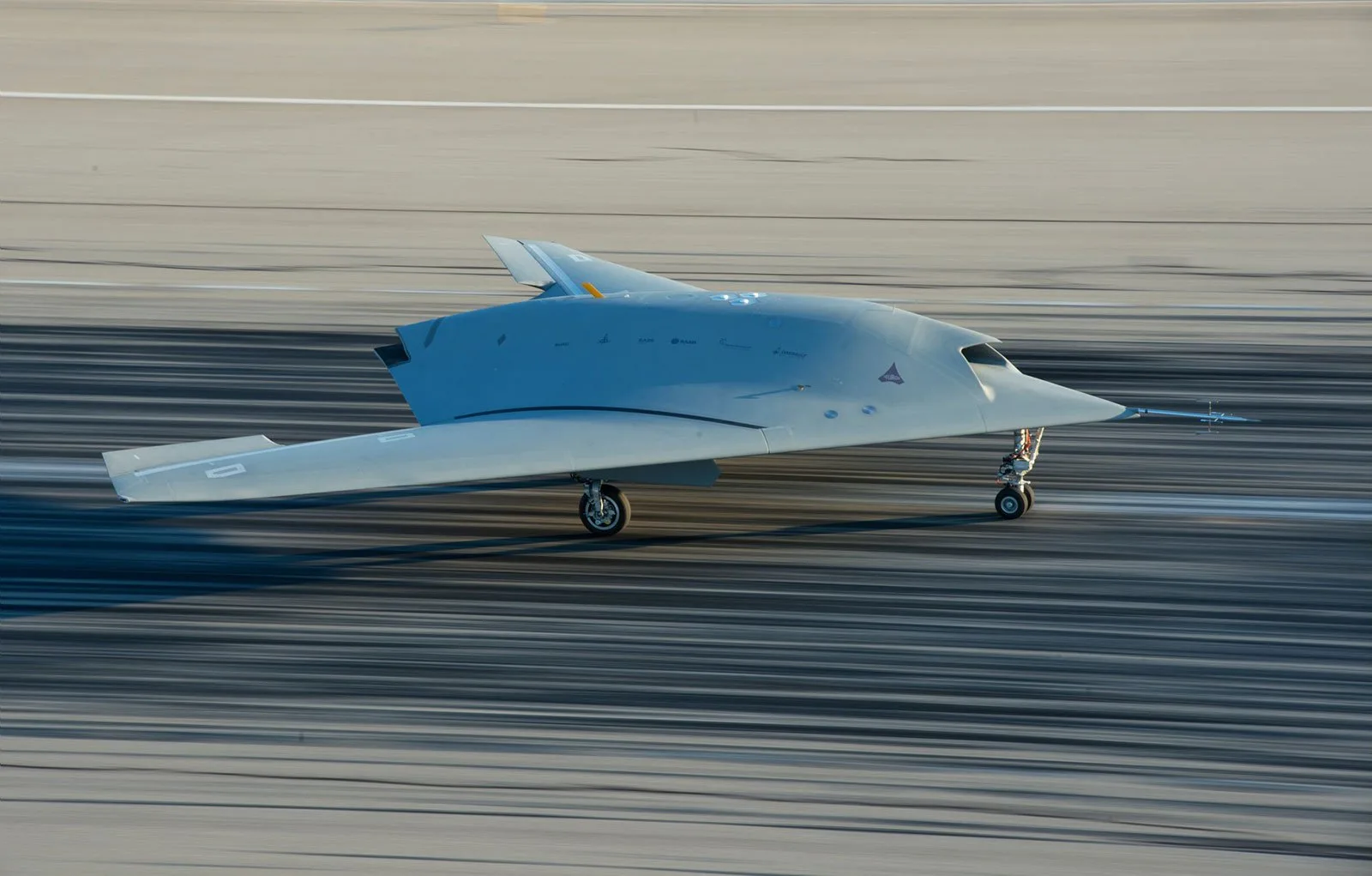
The Dassault Neuron is a collaborative stealth UAV project involving several European nations, including France, Spain, and Sweden. Designed for autonomous missions in high-threat environments, the Neuron represents the growing trend toward unmanned aerial combat systems. Its primary role includes reconnaissance and precision strike missions.
The Neuron’s development highlights the increasing importance of international cooperation in military aviation, combining the expertise and resources of multiple nations to create a next-generation UAV.
5. BAE Systems Taranis
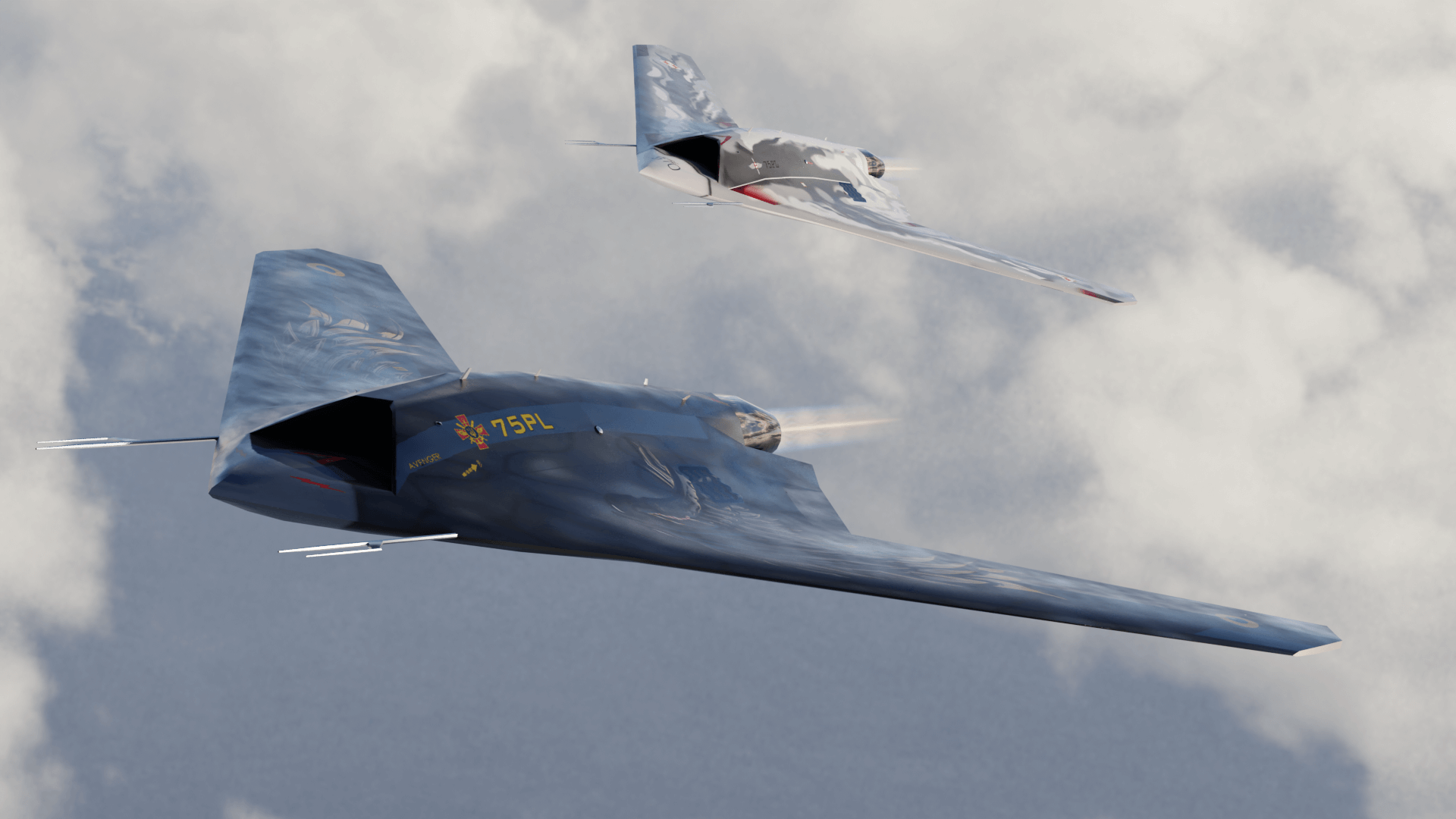
The BAE Systems Taranis is a British UCAV (Unmanned Combat Air Vehicle) designed for stealth missions in contested environments. Named after the Celtic god of thunder, Taranis showcases the UK’s commitment to developing advanced unmanned combat systems. Its design emphasizes stealth, autonomy, and precision.
Taranis represents a major leap in the UK’s military technology, reflecting the growing role of unmanned systems in future warfare scenarios. As the UK continues to advance its military capabilities, Taranis is likely to play a key role in strategic aerial operations.
4. HAL AMCA
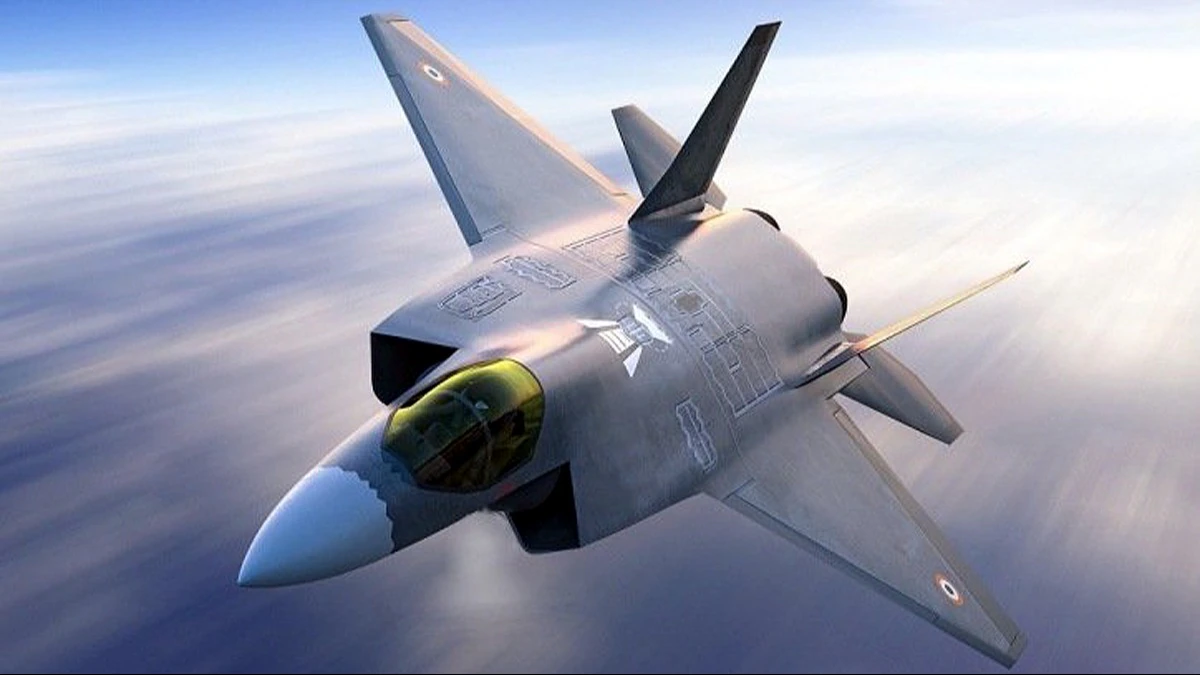
The HAL AMCA (Advanced Medium Combat Aircraft) is India’s fifth-generation stealth fighter project aimed at strengthening the country’s aerial defense capabilities. Designed for both the Indian Air Force and Navy, the AMCA incorporates state-of-the-art stealth technology, avionics, and weapons systems.
The AMCA project marks a significant investment in India’s defense industry, symbolizing the nation’s desire to be self-reliant and competitive in the global arms market.
3. KAI KFX
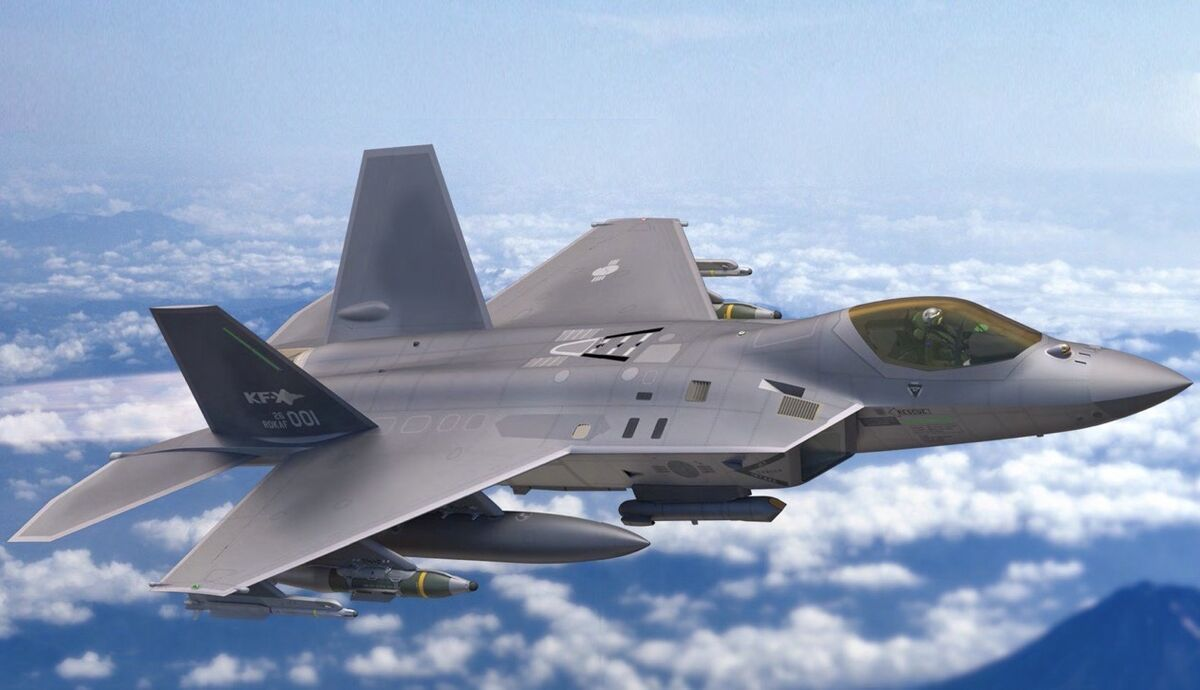
The KAI KFX, also known as the KF-21 Boramae, is South Korea’s first indigenously developed fifth-generation fighter aircraft. Developed in collaboration with Indonesia, this multi-role aircraft features advanced stealth technology and is designed to carry out a variety of combat roles, including air superiority and strike missions.
The KFX represents a major milestone for South Korea’s defense industry, positioning the country as a rising power in aerospace technology. The aircraft is expected to play a vital role in South Korea’s defense strategy and will likely attract interest from other nations.
2. Mikoyan Skat
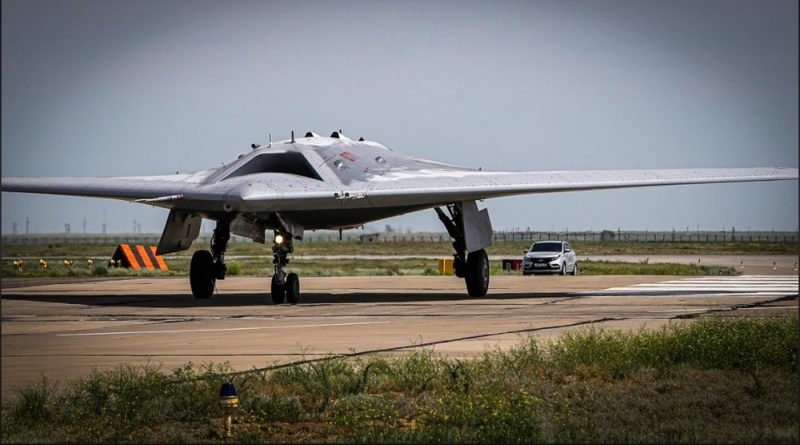
The Mikoyan Skat is a Russian stealth UAV designed for high-speed reconnaissance and strike missions. Developed to operate in low-observable environments, the Skat demonstrates Russia’s growing interest in unmanned aerial combat systems. Though its development has faced delays, the Skat’s innovative design and stealth capabilities influence other UAV programs.
The Skat is a critical part of Russia’s broader push to integrate more advanced UAVs into its military arsenal, reflecting the global shift towards autonomous military systems.
1. MQ-9 Reaper
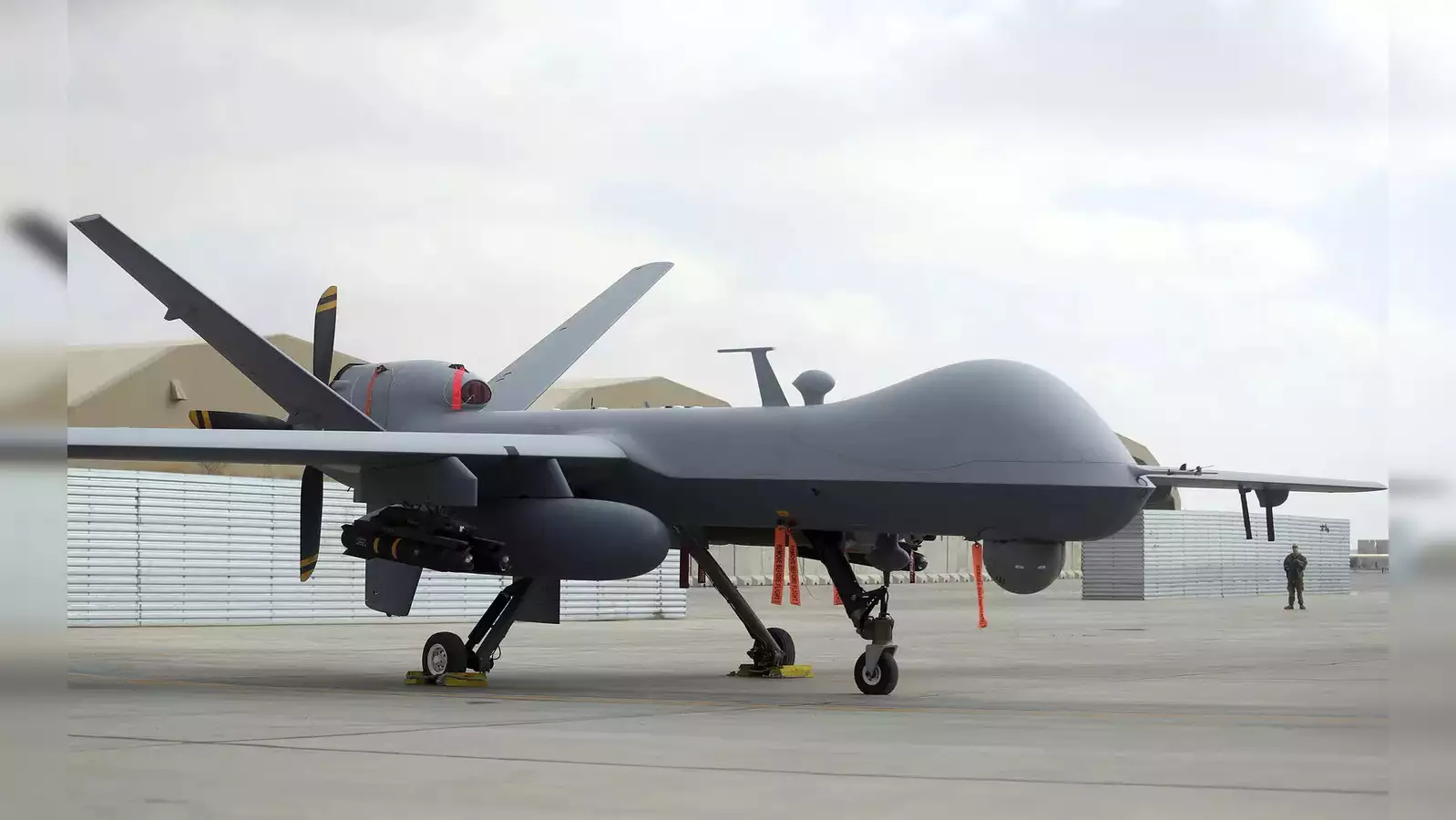
The MQ-9 Reaper, also known as Predator B, is a remotely piloted UAV developed for the U.S. Air Force. It is designed for high-altitude surveillance and precision strike missions. With over 300 units in service, the Reaper is a versatile platform used for reconnaissance, targeted strikes, and intelligence gathering.
The MQ-9’s ability to operate autonomously and engage targets with pinpoint accuracy from long distances underscores the importance of UAVs in modern military operations. Its advanced technology and wide-ranging capabilities make it an invaluable asset for the U.S. military.




























